Art & Exhibitions
The 10 Best Museum Shows To See in Basel This Week
Including young stars, established names, and a five-kilometer art hike.
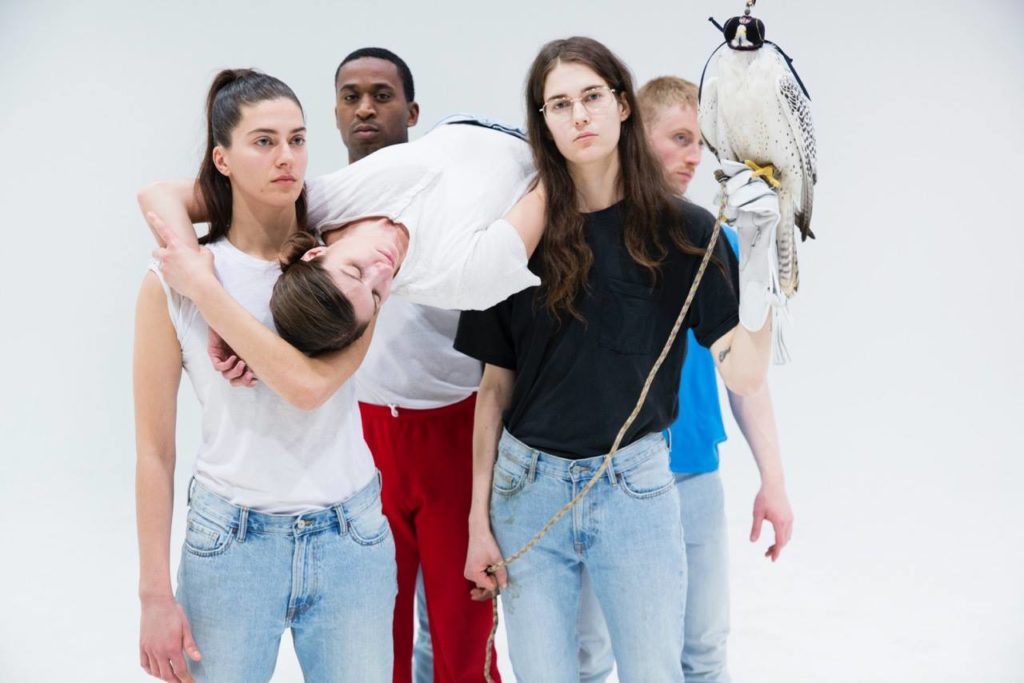
Including young stars, established names, and a five-kilometer art hike.

Artnet News

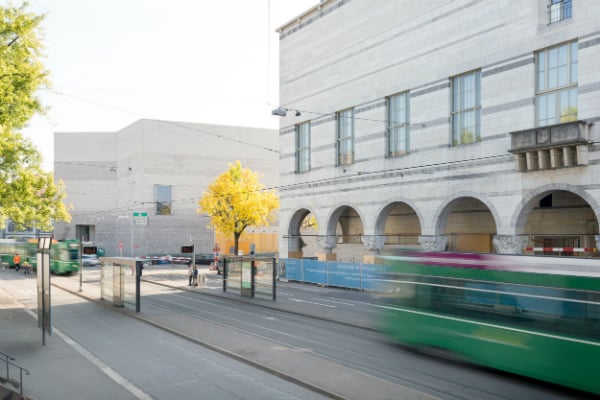
Once again, Art Basel is upon us. Everyone is getting ready to walk miles and miles of art fair aisles perusing the best art on the market from all the world.
But if you are one of those that think there’s more to art than fairs, despair not: the Swiss city boasts a sensational roster of museums and art institutions and they are all putting on their best shows to coincide with the biggest contemporary art fair.
Your time will surely be tight, so here we bring you the 10 shows you can’t afford to miss while in the city.
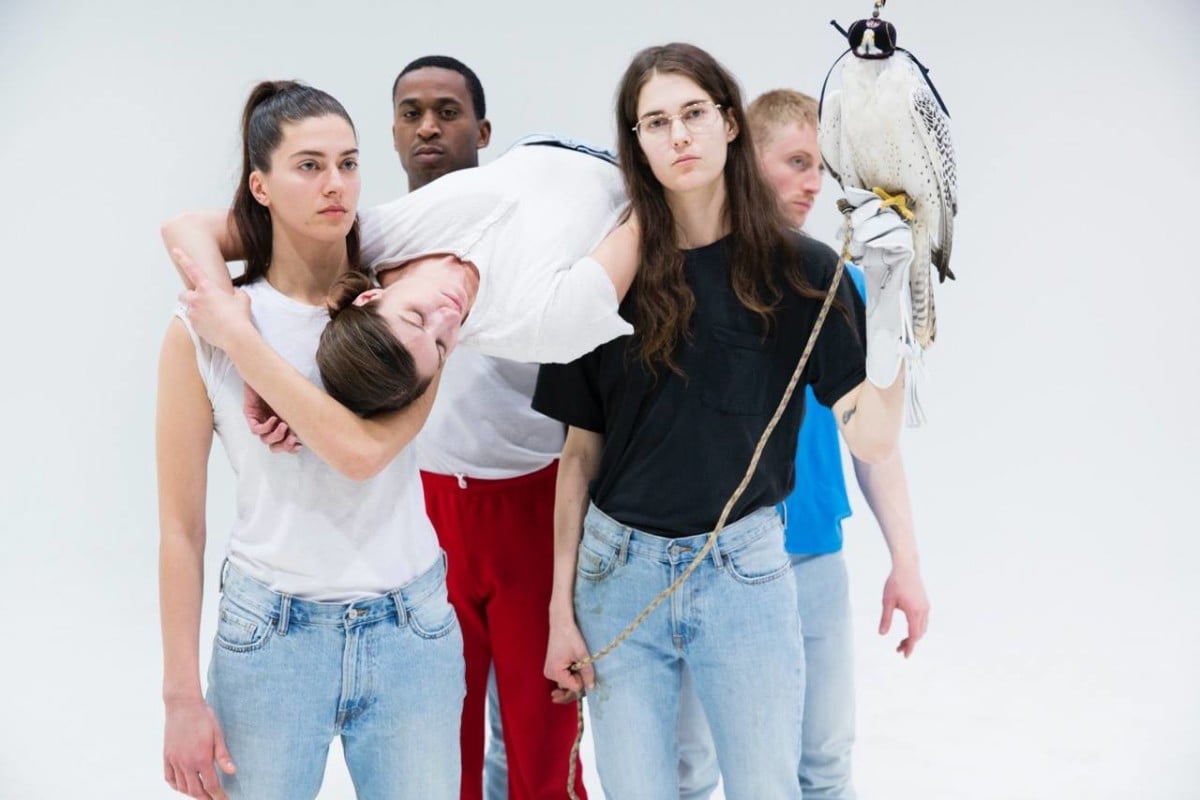
Anne Imhof, Angst. Courtesy of Nadine Fraczkowski, 2016.
1. Anne Imhof, “Angst” at Kunsthalle Basel
From June 9-19, Kunsthalle Basel is offering its visitors a viewing of Anne Imhof’s opening performance for her newly composed project Angst.
The performance will unfold over the span of 10 days and is choreographed much like an opera, with various acts and characters that reflect Imhof’s interest in the body and time.
The winner of the Preis der Nationalgalerie 2015 for young artists uses recurring motifs in her work, such as dripping liquids, and incorporates live animals into her performances. In her exhibition at the Kunsthalle, she also presents painting, installations, and elements from the opera, which will remain on view until August 21. — Carol Civre
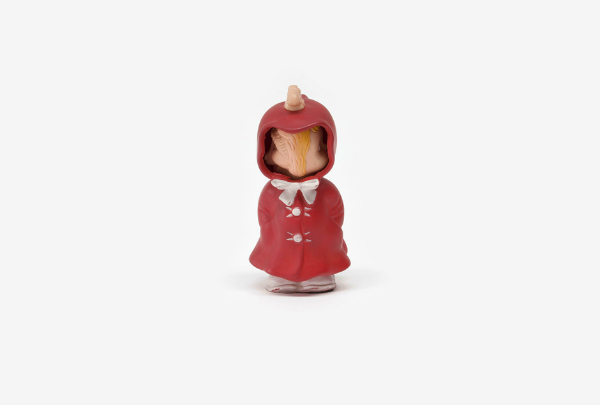
Roni Horn, “The Selected Gifts” (1974–2015) (detail). Courtesy the artist and Hauser & Wirth.
2. Roni Horn, “The Selected Gifts” at the Fondation Beyeler
Another show you really shouldn’t miss is Horn’s “The Selected Gifts,” which will be exhibited publicly for the first time at the Fondation Beyeler, following a site-specific design. The series, which was made between 1974 to 2015, is comprised of 67 photographs of gifts that the artist has received since the beginning of her career, almost forty years ago.
These include everything from books, love letters, drawings and photographs of artist friends, the ossified egg of a dinosaur, and even a stuffed swan. The wide array of objects provide a portrait of sorts of the artist, of both her personal life and her work, providing new insights into her oeuvre.
And, in case that wasn’t enough to convince you, the foundation is also currently hosting the fantastic exhibition “Calder & Fischli/Weiss,” a show in which works by the legendary modern artist Alexander Calder have been put in dialogue with pieces by contemporary mavericks Fischli/Weiss. Here, the works of the Swiss duo act as humorous counterpoints to Calder’s geometrical playfulness. What’s not to like? — Lorena Muñoz-Alonso
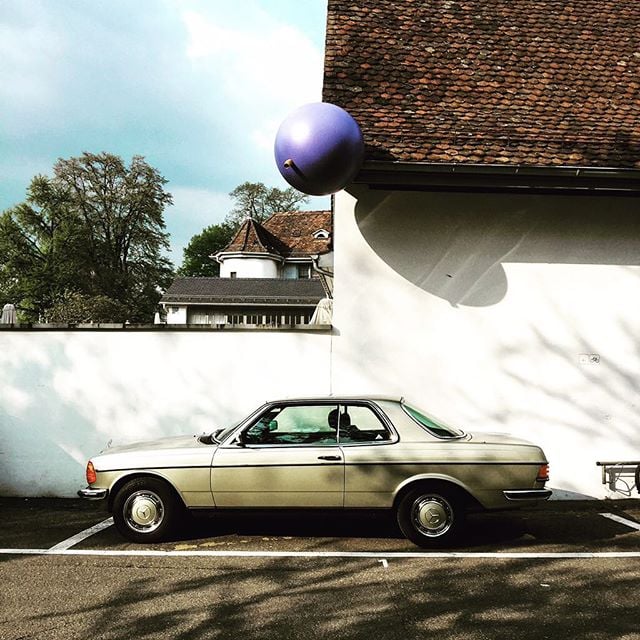
A car parked underneath a Tobias Rehberger-designed water spout, found along the path of “24 Stops.” Photo via Instagram.
3. Tobias Rehberger “24 stops”, A Path Between Fondation Beyeler and the Vitra Campus
Visitors to the art fairs in Basel end up spending most of their time inside stuffy convention centers and rarely get to enjoy the region’s bucolic landscape and fresh mountain air. This could now change thanks to Tobias Rehberger. The German artist has just finalized the “Rehberger-Weg,” an approximately five-kilometer-long path that snakes through two countries, and links two cultural institutions: the Fondation Beyeler and the Vitra Campus.
There are 24 way markers along the path—all created by Rehberger—to guide visitors along the route, which offers both a uniquely diverse natural landscape as well as charming, site-specific art discoveries. The path is also devised to reflect the history of the area and its rural inhabitants, providing insights to the region well beyond its financial elites encountered in Basel. Pack your hiking shoes and make sure to clear one afternoon for what will surely be the best antidote to your fair-tigue. — Hili Perlson
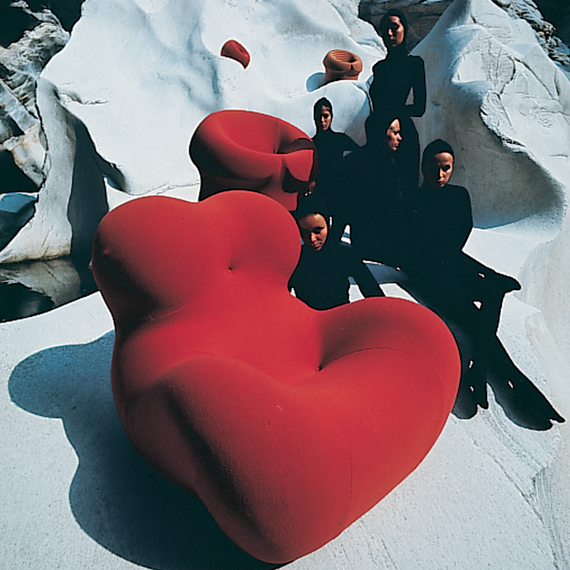
Gaetano Pesce, La Mamma chair. From the exhibition “Radical Design”. Courtesy of Vitra Design Museum.
4. Vitra Design Museum
Now that you’ve arrived at the Vitra Campus in Weil am Rhein, Germany, visit the Vitra Museum which has just opened its newest building, the Schaudepot, on June 3. Designed by Basel architecture firm Herzog & de Meuron, the Schaudepot houses the Vitra’s permanent collection of furniture, which ranges from early bentwood pieces and icons of classical modernism to 3D printed contemporary designs.
The inauguration of Schaudepot has allowed the Vitra Museum to display its collection permanently for the first time since its opening in 1989, but there are also changing exhibitions on view. Currently, “Radical Design” looks at the avant-garde design movement that reached its zenith in the late 1960s and early 1970s. A movement that propagated criticality and taste in design and architecture, rather than mere functionalism, and which paved the way for today’s crossover between art and design. — Carol Civre
![Reinhard Mucha, Ohne Titel (MILCH), [2014] 1979 (Detail). Courtesy of Kunstmuseum Basel](https://news.artnet.com/app/news-upload/2016/06/82V7098_03.jpg)
5. Reinhard Mucha at Kunstmuseum Basel
Returning to Basel for the first time almost 30 years after his groundbreaking show “Nordausgang” at Kunsthalle Basel, Reinhard Mucha’s current exhibition at the newly-refurbished Kunstmuseum opened on March 19 and extends through October 16.
Mucha is known for working slowly and meticulously, often re-visiting or altering pieces years after he had begun working on them. This exhibition marks the completion of 12 exhibited works, which he created between 1981 and 2014. Many of the Mucha’s pieces are dated using hyphens, commas, and brackets to indicate the artist’s “work-in-progress” style, such as Wartesaal, [1997], 1979–1982 and Das Deutschlandgerät, [2002],1990.
The present exhibition focuses on an expansive installation titled Frankfurter Block, [2016] 2014, 2012, which exemplifies the artist’s complexity and laboriousness. — Carol Civre
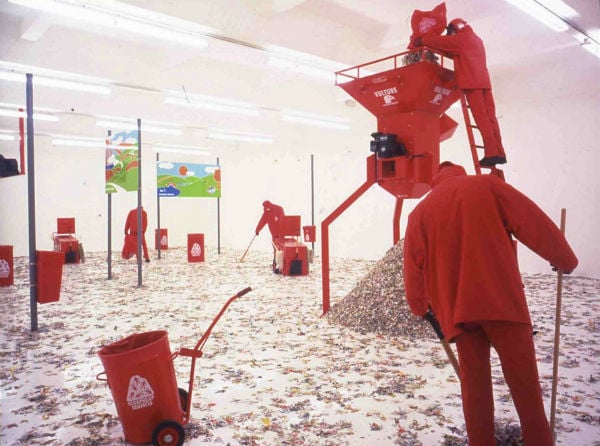
Michael Landy, Scrapheap Services, (1995). Installation view Chisenhale Gallery, London, 1996. Tate Collection, London. © Michael Landy. Image courtesy Thomas Dane Gallery, London.
6. Michael Landy, “Out of Order” at Museum Tinguely
If you and your wallet get exhausted at Basel, you might want to check out the work of celebrated British installation artist Michael Landy at Museum Tinguely. “Out of Order” will be Landy’s first museum survey, and will span the unpredictable artist’s entire career.
The survey follows Landy’s controversial work over three decades, including the memorable Break Down in 2001, in which he infamously destroyed all of his possessions in a former department store on Oxford Street. Also featured will be his Credit Card Destroying Machine, which you might remember from 2011 Frieze Art Fair. The bizarre contraption offered custom-made artworks …at a price: you had to sacrifice your credit card to a wood chipper.
“Out of Order” will exhibit sculptures, works on paper, and interactive artworks that can be explored in what the artist likens to a walk on an English landscape, where the spectators are invited to contemplate the impact of consumer culture on society. Then you can get back to spending. — Naomi Rea

Rafael Lozano-Hemmer, Pulse Room, 2006.
7. Rafael Lozano-Hemmer, “Preabsence” at HeK
Don’t look now—but you’re being watched. Mexican-Canadian artist Rafael Lozano-Hemmer will have his first solo exhibition in Switzerland this season. “Preabsence” focuses on how presence and absence can be interconnected in the footprints left behind by data, memory, and visitor interaction.
The exhibition space has been overtaken in Orwellian fashion by cameras, motion sensors, and tracking systems that record every activity. But the artist uses this technology not to control, but to connect. One example of this is the installation “Pulse Room” (2006), in which hundreds of light bulbs flicker to the heartbeats of participants holding a pulse sensor. The participant’s digital traces linger long after they absent themselves from the installation. — Naomi Rea

Natalie Czech A Critic’s Bouquet by Hili Perlson for Berlinde de Bruyckere, 2015. Courtesy of Capitain Petzel, Berlin and Kadel Willborn, Düsseldorf.
8. Natalie Czech, “One can’t have it both ways and both ways is the only way I want it” at CRAC Alsace
Curated by Elfi Turpin, and packed with meticulous inter-textual references, Natalie Czech’s latest exhibition is not one for the unread. The exhibition brings together works from different series, among which are Critic‘s Bouquet (2015), Poems by Repetition (2013-2014), and Il pleut by Guillaume Apollinaire (2012-2014). It emphasizes issues encountered by Czech during her research on the deconstruction of relations between language and image, signifier and signified, and writing and photography.
There’s even a free shuttle from Art Basel to the opening garden party on June 16. It leaves Isteinerstrasse at 7 pm and returns to Basel at 10:30 pm. — Naomi Rea
9. Swiss Art Awards at Hall 4 Messe Basel
While in Basel, be sure to check out the specific presentations from the 47 participants selected by the Federal Art Committee to participate in the second round of the Swiss Art Awards 2016, to discover emerging Swiss artists. Past participants include artists such as Yves Scherer, or Claudia Comte, who are now represented by important galleries.
The work contestants have produced for this exhibition will be the basis for the jury decisions and selection of the winners. The laureates will be named on June 13, together with the recipients of the Prix Meret Oppenheim 2016. — Naomi Rea

Owen Piper & Lili Reynaud-Dewar. Photo: S.A.L.T.S. Facebook.
10. Owen Piper and Lili Reynaud-Dewar at SALTS
You might already be familiar with Piper’s prolific oeuvre of paintings that take inspiration from his environment, and Reynaud-Dewar is well-known for her challenges to the conventions of art institutions by dancing around them naked.
The artists’ collaboration at SALTS will take the form of a retrospective, an immersive exhibition teeming with introspection and humor, as it questions the motivations and reception of the creative process. — Naomi Rea